Her voice made many people feel sad about the life of a talented artist who had to endure many adversities, including racial discrimination in America.
The woman mentioned above is Ella Fitzgerald, a black woman born in 1917 in Newport News, Virginia (USA) and raised in Yonkers, New York. Throughout her life, Ella never knew who her biological father was, her childhood was spent in a one-room apartment with her biological mother, a laundress, and her stepfather, Joseph Da Silva, a Portuguese immigrant to the United States.
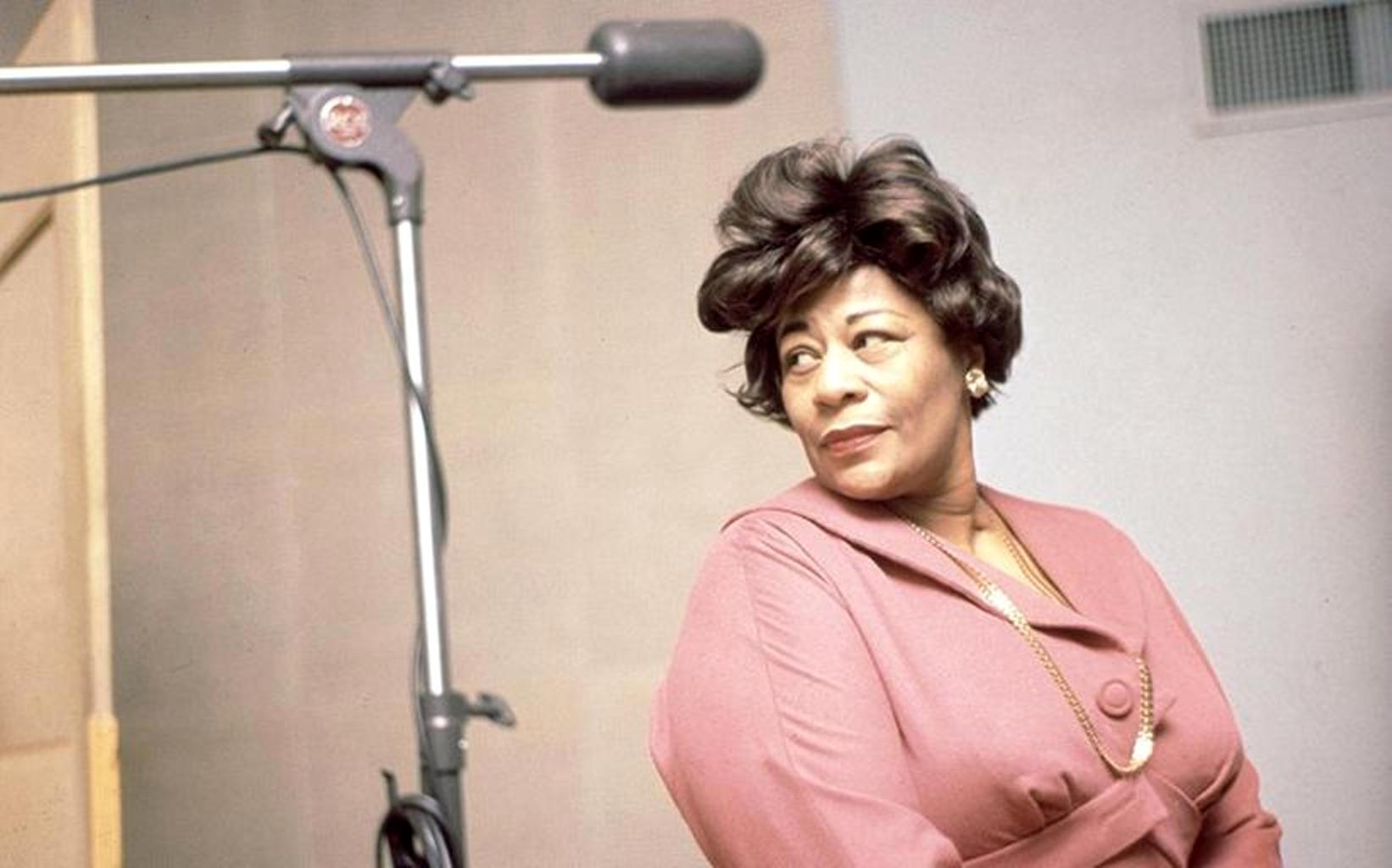
Ella Fitzgerald (1917 - 1992)
In 1923, Ella's half-sister Frances was born, and the family moved to east Yonkers. It was here that Ella discovered her passion for music and dance.
In 1932, her mother died of a heart attack, when she was only 38 years old, Ella lived with her stepfather and the abuse, even sexual abuse, occurred, forcing Ella's aunt to take her to live with her in the Harlem neighborhood (a place for the majority of black people).
In November 1934, Ella made her debut at the Apollo Theater, performing two Connee Boswell songs with Benny Carter's band. Charmed by her voice, Carter recommended Ella to another bandleader, Fletcher Henderson, but he criticized her appearance and "abominable unhygienic condition," and Ella eventually returned to her disappointed self.
In January 1935, Ella's first stroke of luck came: she was accepted into a competition at the Harlem Playhouse. In an article published in Metronome magazine, writer Simon Says wrote: "I was knocked out by her, not only by her singing but also by her spirit and the way she led the band. Miss Fitzgerald will go far and wide...".
It was the first article written about Ella and she remembered it all her life.
In her twenties, full of vitality, despite her unattractive appearance, Ella could not escape the shackles of love. She fell in love with Vido Musso, a saxophone player in the Benny Goodman band. This love affair led to an abortion and Ella was infertile from then on.
A year later, the marriage broke down, and Ella tried to suppress her disappointment so that her once-blooming music career would not be adversely affected.
In 1947, she married Ray Brown, the bass guitarist in Gillespie's band. Ray was nine years younger than Ella, but their passion for music helped fuel their love. However, Ella's infertility made their life together sometimes dull and boring, and in 1953, they decided to divorce.
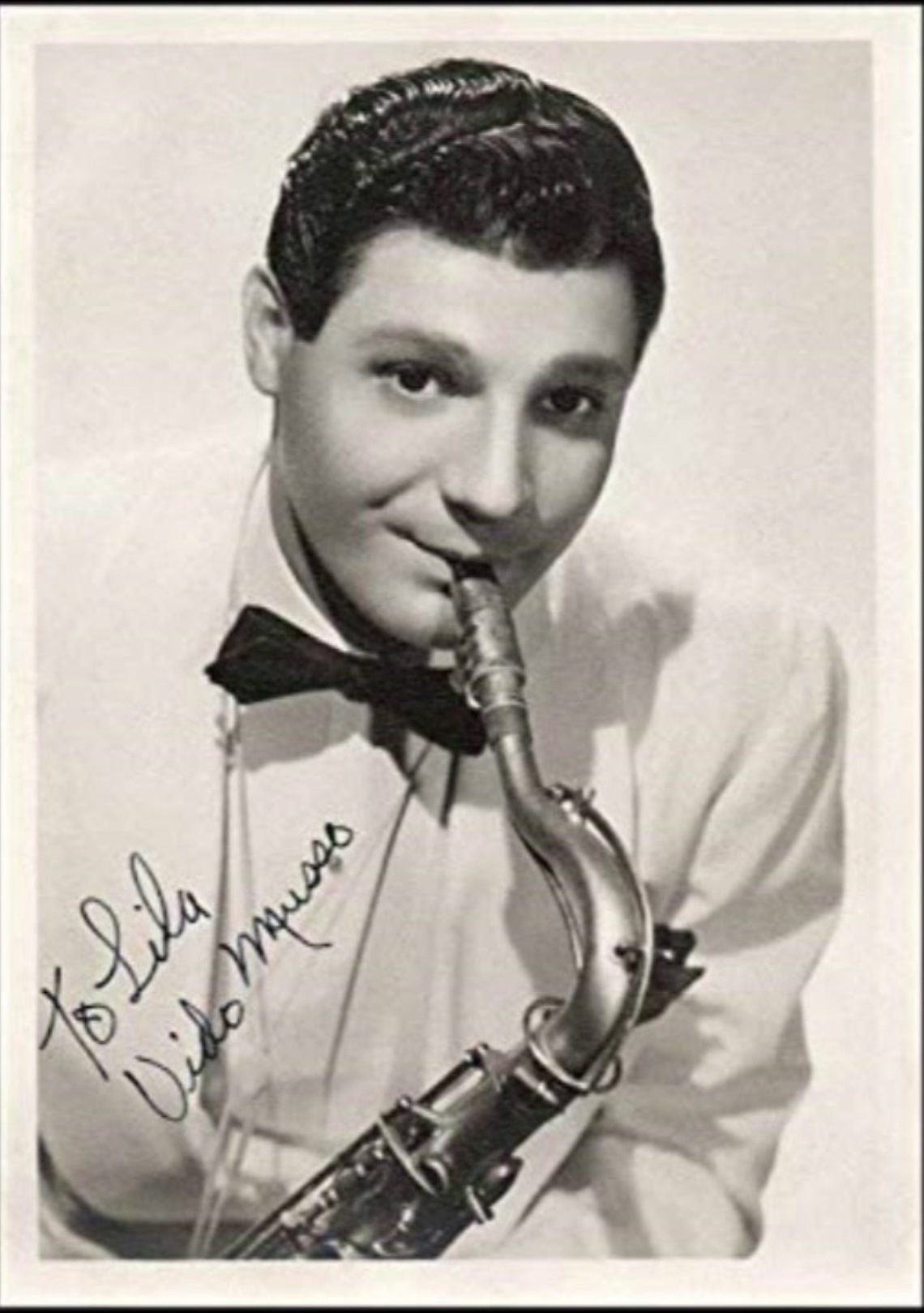
Vido Musso, Ella Fitzgerald's first love
From there, Ella’s health began to decline. She had to undergo surgery on her vocal cords, and doctors forbade her from speaking or singing for six weeks. Shortly after moving into her new home in Los Angeles, she was hospitalized with an ulcer on her lower abdomen.
Nevertheless, Ella's singing career continued to flourish. In 1960, two of her best albums were released, the Grammy-winning Ella in Berlin and Let no man write my epitaph. A year later, during a tour in Australia, Ella had to rush back to the United States to sing at a festival held to celebrate the election of Senator JF Kennedy as President of the United States.
At 44, Ella began a relationship with a much younger Danish teenager. She bought a house outside Copenhagen, where she did all the cooking and laundry. A year later, she embarked on a tour of the United States and Europe. Obese as she approached 50, she collapsed during a series of performances in Germany and had to go to London to recuperate.
After recovering, Ella performed with Duke Ellington - the 20th century jazz legend - appeared with Ellington on television, visited Hungary and was voted "Woman of the Year" by the prestigious Los Angeles Times. Meanwhile, the state of California, where Los Angeles County is located, issued strict regulations to prevent Ella from buying a house in the white-populated area of Beverly Hills!
At that time, Ella began to suffer from diabetes, so severe that it damaged her eyes. In 1985, she was hospitalized for fluid in her lungs. She then had to undergo heart surgery due to a stroke. In 1992, Ella had both legs amputated and was cared for 24/7. On June 15 of that year, she passed away, with no family by her side except for the hospital medical staff. She left behind a model of perseverance for future generations of artists, transforming herself from a street-life black girl into the queen of jazz of her time.
(Excerpt from Daily Lives of Famous People in the World , recently published by Ho Chi Minh City General Publishing House)
Source link








![[Video] More than 100 universities announce tuition fees for the 2025–2026 academic year](https://vphoto.vietnam.vn/thumb/1200x675/vietnam/resource/IMAGE/2025/7/18/7eacdc721552429494cf919b3a65b42e)






















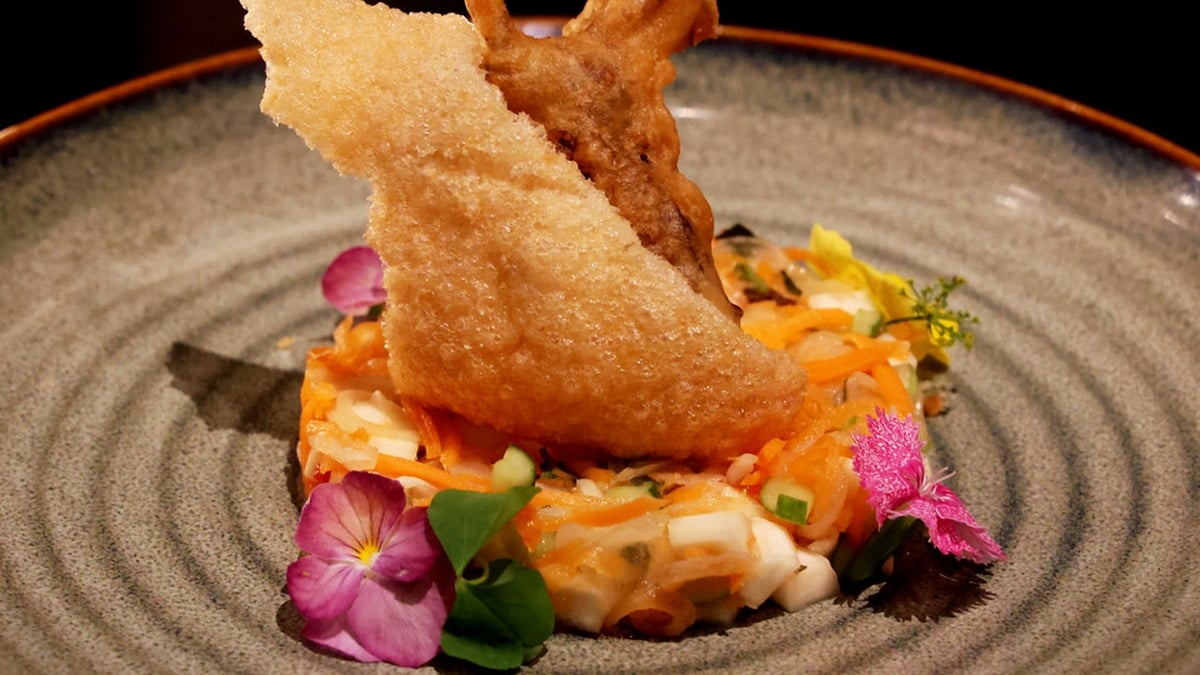







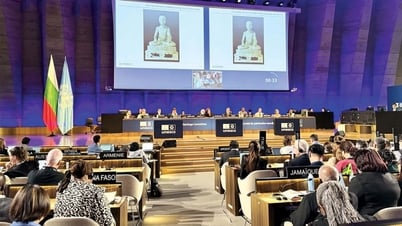


















































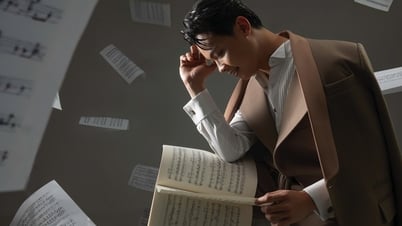


![[Infographic] In 2025, 47 products will achieve national OCOP](https://vphoto.vietnam.vn/thumb/402x226/vietnam/resource/IMAGE/2025/7/16/5d672398b0744db3ab920e05db8e5b7d)





Comment (0)